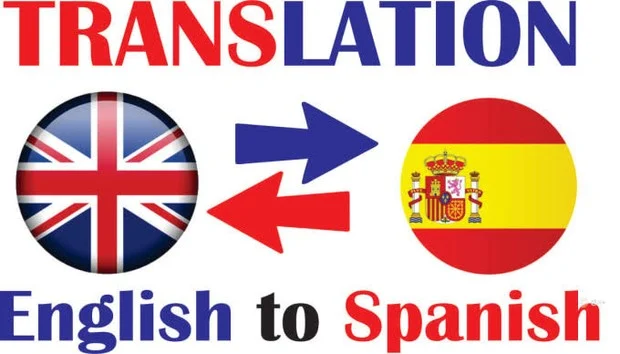English translations go far beyond just replacing words in Spanish with their English equivalents. In fact, to achieve an effective translation, it’s essential to understand not only the context but also the intent of the message, as well as the cultural differences between Spanish and English. Therefore, it’s not enough to simply know vocabulary and grammar; rather, a precise interpretation is required in order to ensure that the message reaches the right audience in the most appropriate way. Consequently, a skilled translator must consider all these factors to deliver a translation that is both accurate and culturally relevant.
Moreover, did you know that over 60% of online content is in English, while only 8% is in Spanish? This linguistic gap makes Spanish to English translations a growing necessity in our globalized world. Whether for business, education, or personal communication, mastering the translation process can make the difference between conveying your message clearly or missing valuable opportunities.

Why isn’t it so simple to translate from Spanish to English translations?
Spanish and English are languages with distinct grammatical structures, idiomatic expressions, and linguistic conventions. What may sound perfectly natural in Spanish can become confusing or even incorrect in English if not translated properly.
For example, in Spanish, we say: “Estoy de acuerdo contigo,” while in English, the correct translation would be “I agree with you.” A common mistake is saying “I am agree with you,” which is grammatically incorrect and results from translating word-for-word.
Another interesting case is the translation of idiomatic phrases. If someone says, “Más vale tarde que nunca,” the literal translation would be “Better late than never,” but if a translator doesn’t know the expression in English, they might write something like “It’s better to arrive late than never,” which sounds awkward and unnatural.
Why are Spanish to English translations important?
Spanish and English are two of the most widely spoken languages in the world. In fact, over 580 million people speak Spanish (including countries like Mexico, Spain, and Argentina), while more than 1.5 billion people speak English (both native speakers and those who speak it as a second language).
This makes translations between the two languages essential in various fields, such as:
- International business (contracts, reports, corporate emails).
- Marketing and web content (to reach global audiences).
- Legal sector
Challenges in English translations
Spanish to English translations present unique challenges that can affect the accuracy and clarity of the message. Some of the key challenges include:
1. False friends
False friends are words that look similar in both languages but have different meanings. Some classic examples include:
- “Embarrassed” doesn’t mean “embarazada” (pregnant), it means “avergonzado/a” (ashamed).
- “Actual” doesn’t mean “actual” (current), it means “real” or “true.”
- “Library” doesn’t mean “librería” (bookstore), it means “biblioteca”.
If a translator isn’t careful, they might end up creating nonsensical phrases or, worse, serious misunderstandings.
2. Word order
English follows a more rigid word order than Spanish. In Spanish, we can say “El gato negro está durmiendo,” but in English translations, the correct order is “The black cat is sleeping.” If a translator doesn’t adhere to these structures, the sentence may sound unnatural or confusing.
3. Use of verb tenses
Spanish has more verb tenses than English, and sometimes there is no direct equivalent. For example, the difference between “he trabajado” and “trabajé” isn’t as clear in English, where both can be translated as “I have worked” or “I worked,” depending on the context. An inexperienced translator might choose the wrong verb tense, altering the meaning of the message.
4. Idiomatic expressions
Each language has its own idiomatic phrases that don’t have a literal translation. Translating “estar en las nubes” as “to be in the clouds” wouldn’t make sense in English. The correct expression would be “to have one’s head in the clouds.” The same happens with “llover a cántaros,” which should be translated as “it’s raining cats and dogs,” even though mentioning cats and dogs wouldn’t make sense in this context in Spanish.
5. Cultural differences
English is spoken in many countries, each with its own cultural and linguistic differences. In the United States, it’s common to say “truck” for a large vehicle, while in the UK, “lorry” is used. A good translator must adapt the language to the audience and avoid words or expressions that might not be understood in certain regions.

Why hire a translation agency for your English translations?
If you need English translations for official documents, business content, or important projects, it’s highly recommended to turn to a professional translation agency. Some key reasons for doing so include:
- Guaranteed accuracy
- Cultural adaptation
- Error correction
- Specialization
- Time savings
A translation agency is the best option when you need quality, speed, and professionalism in English translations. At Max Translation, we help ensure you get the best translations. Contact us today.



